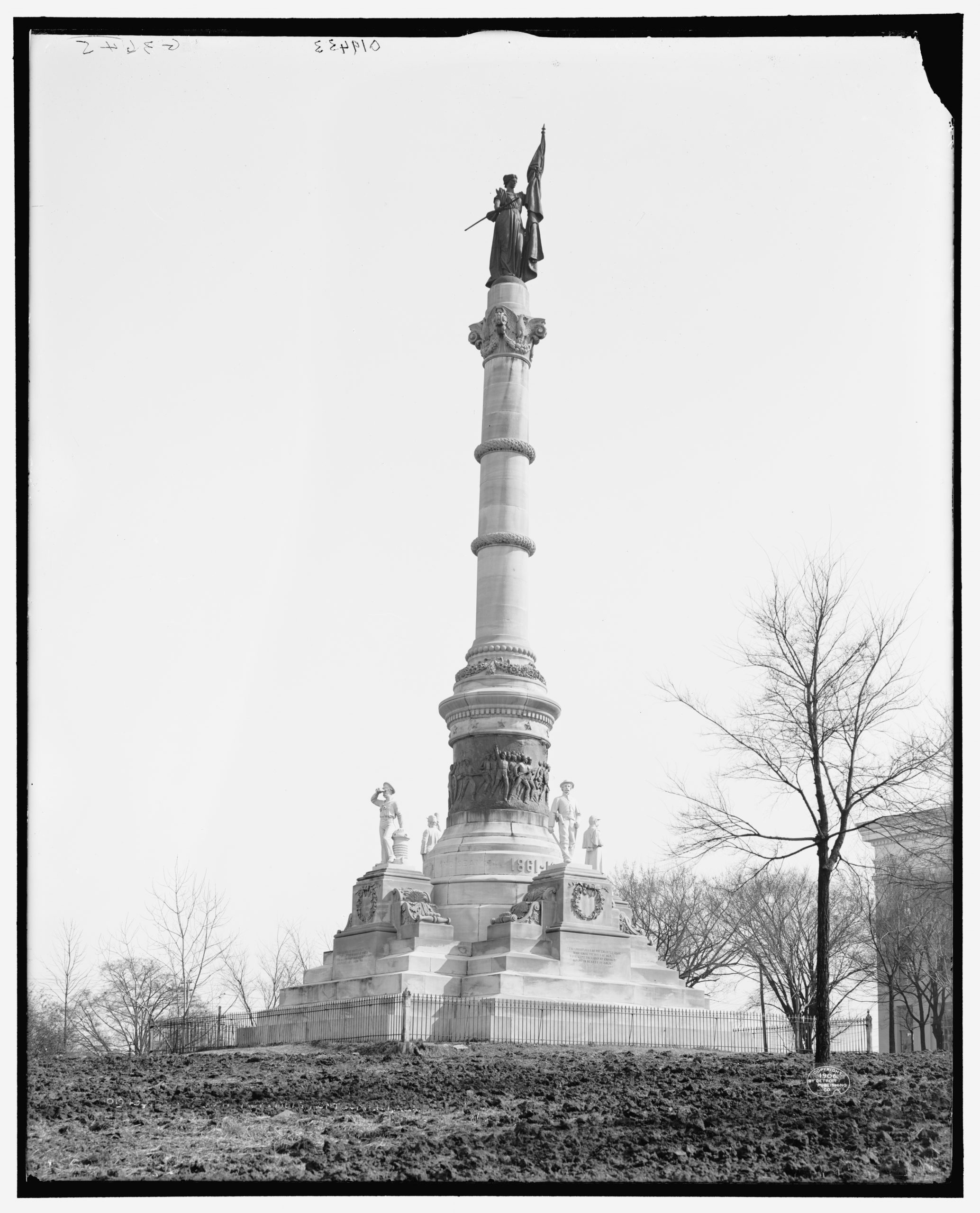The Monument to Confederate Soldiers and Sailors is a public display located on the State Capitol grounds in Montgomery, Alabama, erected in 1898. With almost 750,000 casualties, the Civil War was the deadliest conflict in American history. Too focused on matters for the living to properly take care of the dead, armies left behind shallow graves, unnamed markers, and hasty memorials in their wake. After Appomattox, a similar question confronted both armies: what to do with their dead soldiers?
Many thought it was the government’s responsibility to handle fallen soldiers. Private organizations and military units set out to find and return the dead due to their rights as citizens of the United States. The same treatment was not afforded the Confederates. Left behind to rot, southern armies spared no resources for this grisly task. As hostilities ceased, Confederate soldiers were not treated the same as Union ones. After all, they were traitors and their rights as citizens were not the same. What, then, should be done with southern dead soldiers and how should they be remembered?

White southerners were desperate to recover the established racial hierarchy lost during the war. No official mechanism to honor Southern soldiers created additional bitterness and humiliation. After the war and well into the 20th century, southern organizations fused these ideas together. Large monuments, placed in conspicuous public spaces, sprouted across the south with the primary function of rewriting the war’s legacy by highlighting the individual soldier’s sacrifice rather than the racist-infused Confederate government.
The dedication speeches emphasized the soldier’s devotion to duty, sacrifice, and bravery. More prominent were explicit references to Alabama’s rights to slavery, stating that the “Anglo-Saxon race” was superior to all other races, reflective of the times when white supremacy was an accepted ideology. This 88-foot tall monument, on an extraordinarily prominent position on public grounds, memorializes and misremembers false ideas that Confederate soldiers fought valiantly in support of a righteous cause. Its purpose is not controversial. It was designed and remains a symbol of hate, bigotry, and a morally corrupt society desperate to remember the power they once had.



